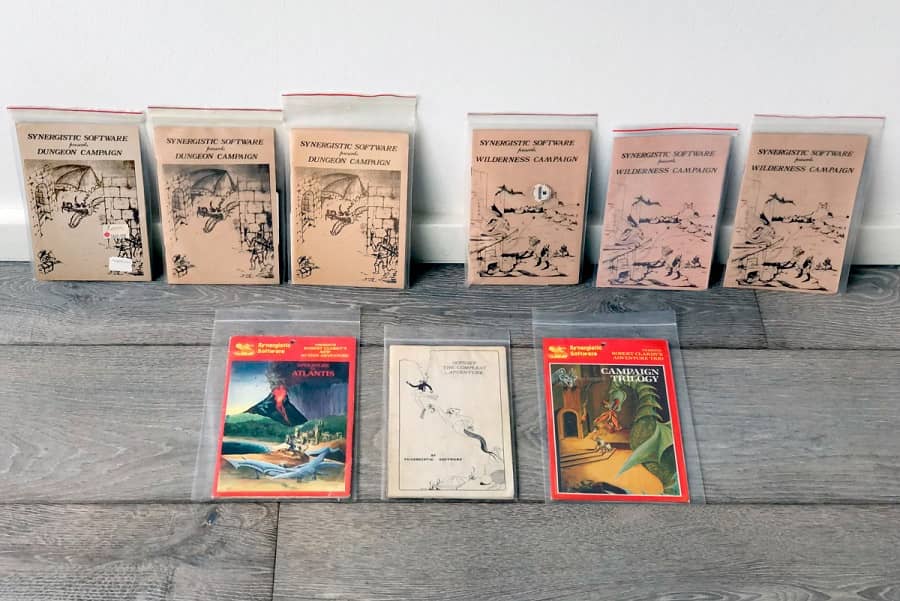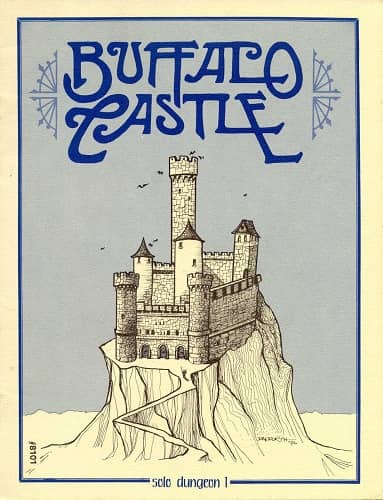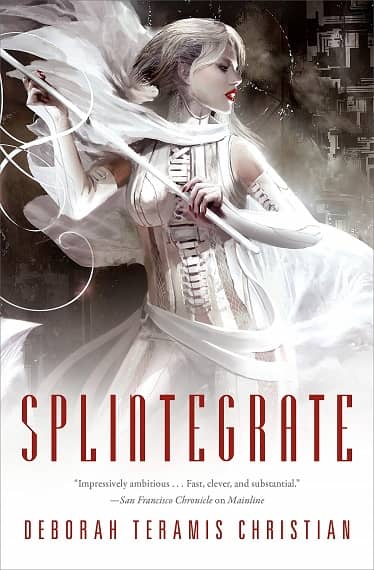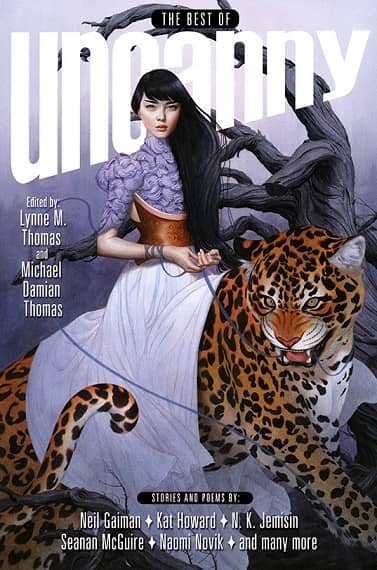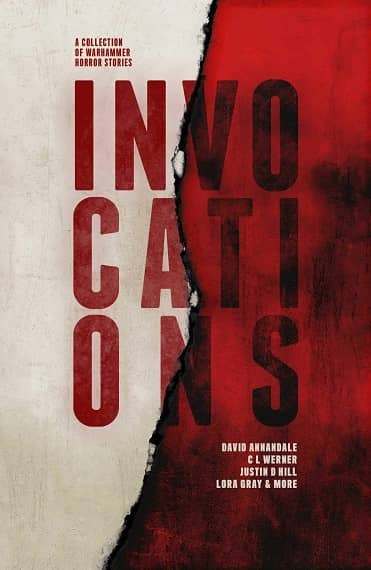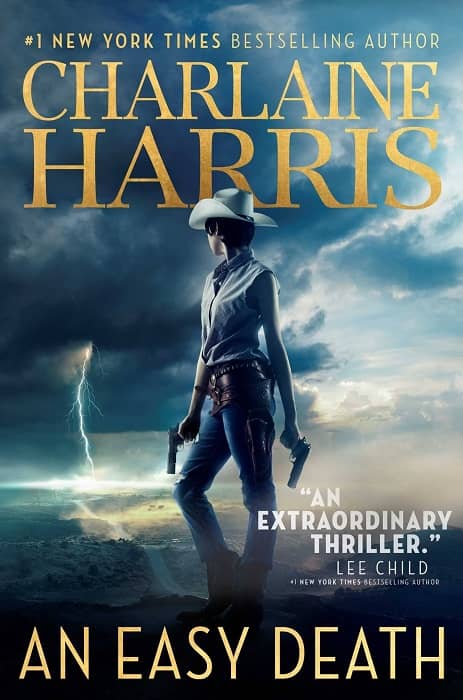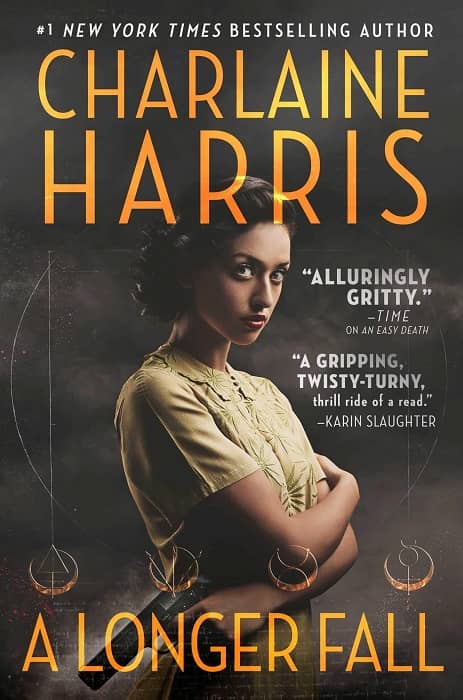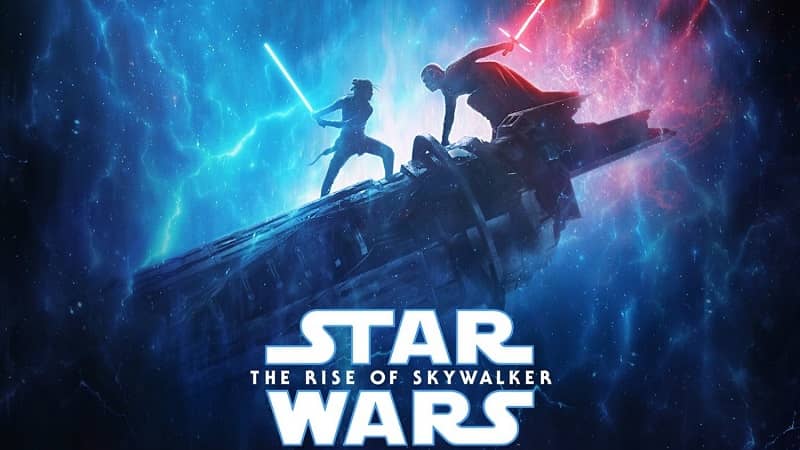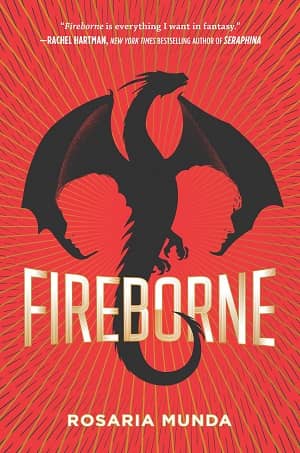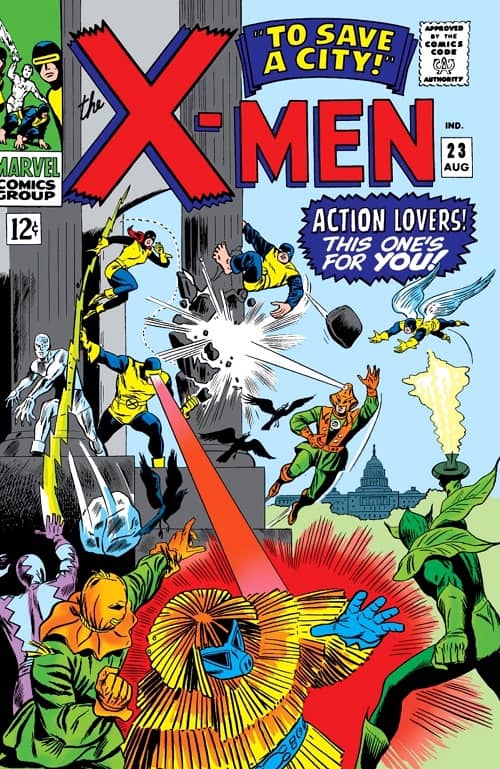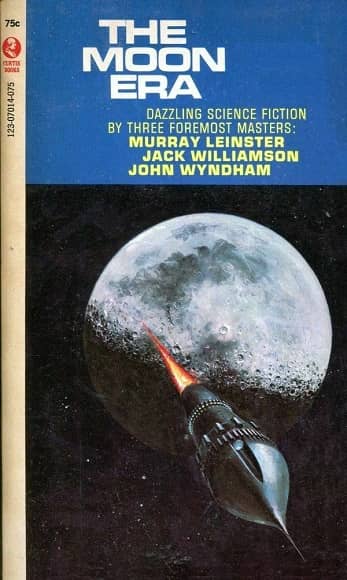Weirdbook #41 Now Available
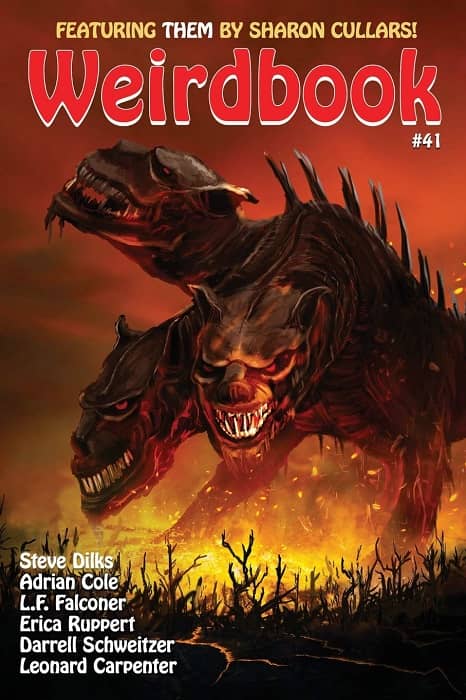 |
 |
Cover by Iuliia Kovalova
2018 was a good year for Weirdbook, with three big issues. 2019 was a little more modest, with just one issue in June. (Although editor Doug Draa reports another one is in the pipeline…. possibly a John Shirley issue.)
Issue #41 contained stories by Darrell Schweitzer, Adrian Cole, K.G. Anderson, Steve Dilks, S. L. Edwards, and many others, plus poetry by Ashley Dioses, K.A. Opperman, and others. The cover is by Iuliia Kovalova, with interior art by the great Allen Koszowski. The issue is dedicated to two contributors who passed away in the last year, whom editor Doug Draa salutes in his editorial.
On a very sad note, we lost two giants of the field over the last four months.
Paul Dake Anderson left us on the 13th December 2018, and Wilum Hopfrog Pugmire crossed over on the March 26th, 2019. Both were Weirdbook contributors to whom I will forever be indebted. Knowing them has enriched my life. Both were great writers and ever greater human beings. They will be sorely missed by their fans, friends and families, The world is a lesser place without them.
Jason McGregor has a lot to say in his lengthy and detailed Tangent Online review, which looks at every single one of the 29 stories. Here’s a few excerpts.
